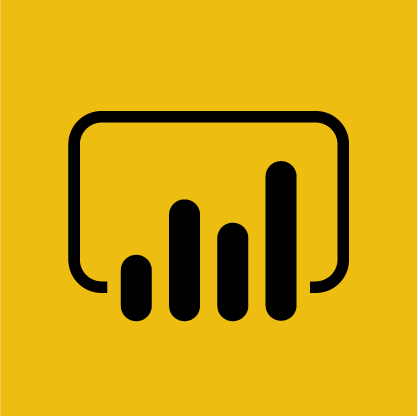Power Up your Analytics with Power BI
Power BI is a hosted BI solution on the Microsoft cloud. Its biggest appeal is the ecosystem it comes with. Microsoft across its various releases has created a very intuitive product on a robust platform. Its a one stop shop for all analytics needs.
Identifying use cases for Power BI
This section will establish the relevance of Power BI. It is an immediate value add to any Organization. It seamlessly enables various teams that are willing to collaborate across the board to drive decision making. Let us now lay down a few scenarios.
Scenario 1 – Company has a sales team who has data in Salesforce , tracking opportunities are traditionally pretty happy with what Salesforce has to offer. The team wants to collaborate extensively and drive analytics to improve pipeline activity across various Regions, Manager and Sales reps.
Scenario 2 – Company has a data lake established. Various analysts want the flexibility to tap into the Lake data and blend it with attribute data that does not reside in the Enterprise data lake.
Scenario 3 – IT Driven Analytics – where IT creates the content leveraging the data from an enterprise Data warehouse.
Scenario 4 – A team in an organization has been living off Excel and macros. There is a huge maintenance overhead and most of the time is spent accessing and gathering data.
Let us now put some perspective into what Power BI enables.
- Prototyping
- This is a big plus and drives immediate adoption
- Easy access to data
- Analyze On Premise and Cloud Data sources at ease
- Data Prepping and blending resulting in a strong Semantic Layer
- It lets you wrangle data and apply transformations to it
- Enables Rapid Content Creation
- It adds velocity to analytics projects
- Secure Implementations leveraging Azure Active Directory
- Secure access
- Data level Security
- Easy Collaboration
- Channel integration into Microsoft Teams
- Improves coordination between IT and Line of Business
- Promotes Self Service
Now that we have discussed Power BI’s advantages let us put it to work to its true potential. For that to happen we will have to depend on the Technical IT team, Line of Business, Data Owners and Stake holders.
Simply put its where people, process and platform come together.
- Provisioning – Technical IT Team
- License Purchases
- Tenant Administration
- Security and Access grants
- Data Source(s)
- Architectural decisions
- Content Creation – Both Technical IT Team and Line of Business
- Prototyping will be driven by the Line of Business
- Technical IT team – for Curated Data Sources
- Identification of Use Cases and Prioritization
- On boarding Metrics
- Self Service for Power Users
- Establish a Standard Semantic layer – Technical IT Team
- Team Size Transitions
- Small to Large to Enterprise
- Platform
- Microsoft Power BI’s road map and future feature releases
- Organization or Team’s skills in place
- How well the resident in house skills can support Power BI
I took a broad swipe at how we can leverage Power BI platform’s true potential by establishing processes and synergy between people. A good understanding of the various licences and supported end user capabilities will go a long in establishing a sustainable solution.
Couple Power BI’s capabilities, processes established along with responsibilities laid out to address the Scenarios laid down at the beginning of this blog.
Scenario 1 – Analyze Salesforce data in Power BI
- Power BI has connectors for Salesforce
- Use Power BI Desktop to query the data and Create content
- Publish the content out to the Power BI service and let the Sales Teams collaborate among themselves
- To drive more value surface the Power BI content to a channel in Microsoft Teams
- Secure the Power BI content staging area
Scenario 2 – Blend Attribute data with Data Lake data
- User Power BI to query the Data Lake
- Use Power BI to ingest Attribute data in excel
- Blend and transform the above
- Create content
- Share and collaborate
Scenario 3 – Enable Self Service Analytics for the Organization on curated data supported by the technical IT team for the enterprise.
Scenario 4 – Decouple from Excel completely, house the business logic and establish a solid Semantic Layer in Power BI.
As you can see Power BI lends a lot of flexibility across various scenarios, engages various teams and brings a lot of fire power to analytics as an offering.
In my next blog i will dive deeper into the essential components of Power BI and various platform provisioning approaches.


Hi From Abel, excellent stuff. It is really required for firms that are using Power BI or wish to do so in the future to understand Power BI in and out.
I’ve written about Power BI Challenges, which I think, is most suitable and supplementary to this content. Please find it here- https://blog.integrativesystems.com/microsoft-power-bi-challenges/. Thanks.